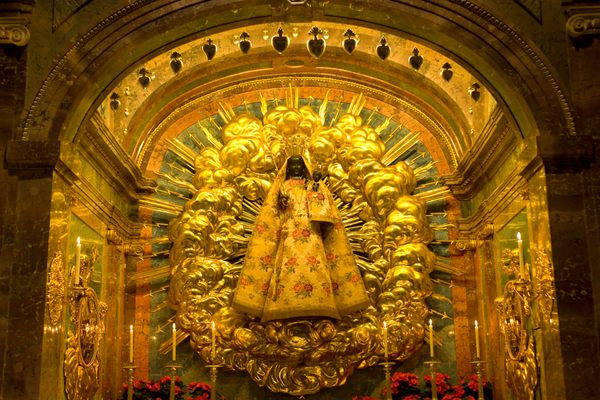Venture Inside the Red Hook Grain Elevator, A Failure of Industrial Design
Red Hook Grain Elevator (all photographs by the author)
Lurking behind IKEA Brooklyn at the mouth of the Gowanus Canal looms the Red Hook Grain Elevator, a failure since its construction. A daunting monument visible from the Smith St. F train stop, the terminal, built as part of Brooklyn’s industrial waterfront, now feels out of place in contrast with the nearby Red Hook Park, picnicking families, and Little League players in front of this forgotten feat of engineering. Red Hook was once inhabited mainly by dock workers, and the grain elevator has long outlived its industrial era, with nearby industrial buildings the Todd Shipyard and Revere Sugar Refinery having been demolished. Here is a rare look inside this industrial mega-building through its history and photographs.
Inside the Red Hook Grain Elevator
An anachronism in its own time, the Red Hook Elevator was finished in 1922 and almost immediately dubbed the “Magnificent Mistake.” Most grain warehouses in Brooklyn were built in the late 1800s, averaging four stories high and 200 feet long. In this time before inland rails, when the grain shipping trade was still booming. The Red Hook Grain Elevator, in comparison, is a useless monster of a structure, 12 stories high and 430 feet long. It was built seven years after the last grain terminal in Brooklyn was converted into a storage warehouse, leading the Engineering News-Record magazine to dub it an “expensive luxury.” The terminal had been built to invigorate New York State’s Canal System, but Governor Nathan L. Miller’s opening day remarks already hinted at the improbability of this plan: “Even if the barge canal were never used in normal times, it is a good thing to have it in case of emergencies.”
Inside the Red Hook Grain Elevator
Decay in an outbuilding
The structure itself is as sturdy as a bomb shelter, the elevators built to hold the combustible grain having been made explosion-proof. Inside, there is a bottom floor and a top gallery, separated by 54 cement silos, each 120 feet tall and eight inches thick. Grain from the Great Lakes was washed, dried, and stored within the elevator, and then a 1,200 feet long conveyor belt loaded the product onto freight ships which distributed the grain to flour mills, breweries, and distilleries. In addition to the main structure, the Red Hook Grain Elevator includes several brick outbuildings, contributing to the $2.5 million total cost of construction, a whopping figure for a building that was obsolete even before its completion.
View of the water from the Red Hook Grain Elevator
Graffiti inside an outbuilding
In 1944, after 22 years of profitless operation, the state deeded the elevator to the Port Authority, which rehabilitated the structure and continued operation. But by 1964 it was clear the building was in financial havoc, with grain costing exponentially more (78 cents a ton) in New York than in the south (only 15 cents a ton in New Orleans). So in 1965, after 40 years of under-use, the grain terminal was officially deactivated. In 1987, state officials remembered the structure long enough to demolish its conveyors and loading pier.
On the Red Hook Grain Elevator
Tires left at the Grain Elevator
In the early 90s, locals used the roof as a kind of asphalt beach in the summer. One man, who preferred to remain anonymous, recalls “Whole families of people from the local projects would be barbecuing, picnicking, sunbathing up there. It was really easy to get into back then, I don’t even remember if there was a fence or not.”
Then, in 1997, John Quadrozzi Jr.,president of the Gowanus Industrial Park and the man who spotted Sludgie the whale and Gowana the harp seal, bought the building from the Port Authority, hoping to restore it to commercial use, specifically concrete production and road salt storage. Since then a large concrete block fence has been erected around the structure’s perimeter, but it remains empty, silos able to contain 70,000 tons of cement embarrassingly bare. In the summer of 2002, Zacho Dance Theater presented an aerial performance where dancers scaled the building and 100-foot video images of Red Hook were projected on the terminal walls.
Inside the Red Hook Grain Elevator
View of the roof of the Red Hook Grain Elevator
Unable to be turned into condos (unless a market appears for large, windowless silos), the Red Hook Grain Elevator is a remnant of Brooklyn’s past, never useful, and physically incapable of being subject to gentrification. Unwanted all its life, the elevator stands out among new waterfront buildings today more than ever, but to those in-the-know it has never really belonged.














Follow us on Twitter to get the latest on the world's hidden wonders.
Like us on Facebook to get the latest on the world's hidden wonders.
Follow us on Twitter Like us on Facebook